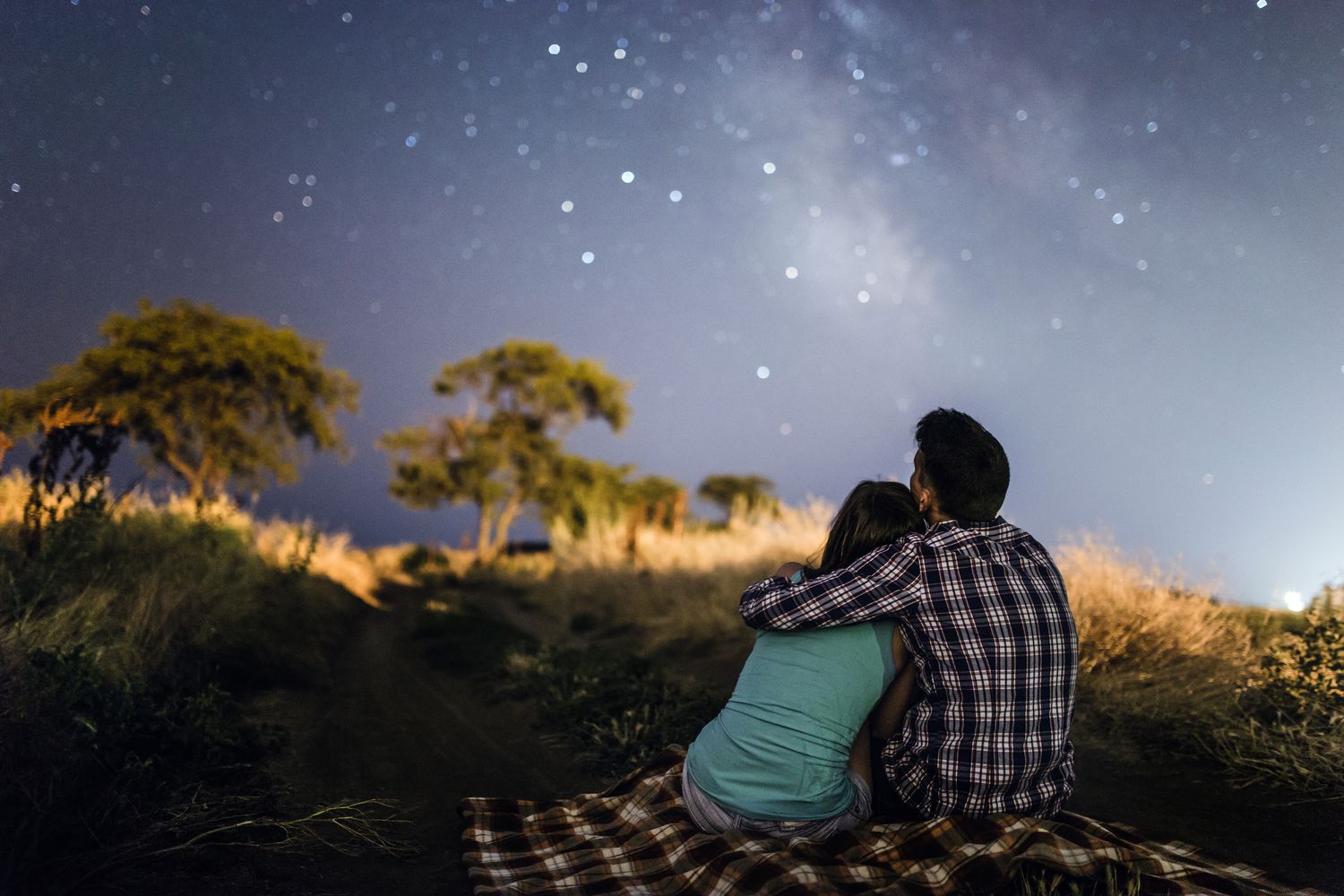Title: Astrophotography Basics: Capturing the Majesty of Stargazing
Introduction:
Astrophotography is a captivating art form that allows photographers to capture the breathtaking beauty of the night sky and celestial objects. From shimmering star trails to vivid nebulae and distant galaxies, astrophotography enables enthusiasts to document and share the wonders of the universe. This guide explores the basics of astrophotography, providing tips and techniques for capturing stunning images of the cosmos and enhancing the experience of stargazing.
Choose the Right Equipment:
The key to successful astrophotography begins with selecting the right equipment for the job. A digital single-lens reflex (DSLR) or mirrorless camera with manual exposure controls and interchangeable lenses is essential for capturing high-quality images of the night sky. Invest in a sturdy tripod to keep your camera stable during long exposures and minimize camera shake. Consider purchasing a telephoto or wide-angle lens with a fast aperture to capture detailed shots of celestial objects and expansive views of the night sky.
Find a Dark and Clear Sky:
The quality of your astrophotographs is heavily influenced by the darkness and clarity of the sky. To minimize light pollution and maximize visibility of celestial objects, venture to remote locations away from urban areas and artificial lights. Choose nights with clear skies and minimal cloud cover to ensure optimal conditions for stargazing and astrophotography. Use weather forecasting tools and astronomical apps to plan your outings and maximize your chances of capturing stunning images of the night sky.
Master the Basics of Exposure:
Understanding exposure settings is crucial for achieving well-exposed and sharp astrophotographs. Experiment with different exposure settings, such as shutter speed, aperture, and ISO sensitivity, to find the perfect balance between capturing enough light and minimizing noise in your images. Start with a wide aperture (e.g., f/2.8 or wider) to collect as much light as possible and allow for shorter exposure times. Use a high ISO sensitivity (e.g., ISO 800-3200) to enhance the visibility of faint stars and celestial objects, while being mindful of noise levels in your images.
Experiment with Long Exposures:
Long exposures are essential for capturing detailed images of celestial objects and creating stunning star trail effects. Use a remote shutter release or built-in timer to minimize camera shake and ensure sharp images during long exposures. Experiment with exposure times ranging from a few seconds to several minutes to achieve different effects and capture the motion of the stars as they traverse the night sky. Consider using a tracking mount or equatorial mount to compensate for the Earth’s rotation and keep celestial objects in focus during long exposures.
Post-Processing and Editing:
Post-processing is an essential step in astrophotography to enhance the clarity, contrast, and color balance of your images. Use photo editing software such as Adobe Photoshop or Lightroom to adjust exposure levels, reduce noise, and enhance details in your astrophotographs. Experiment with techniques such as stacking multiple exposures to reduce noise and improve image quality, and apply creative filters and adjustments to enhance the visual impact of your images. Remember to preserve the natural beauty of the night sky while enhancing its majesty through post-processing.
Share and Inspire:
Finally, share your astrophotographs with others to inspire awe and appreciation for the wonders of the universe. Share your images on social media platforms, online forums, or photography communities to connect with fellow astrophotography enthusiasts and share tips, techniques, and experiences. Consider organizing exhibitions or presentations to showcase your work and inspire others to explore the beauty of the night sky through astrophotography.
Conclusion:
Astrophotography is a captivating pursuit that allows photographers to capture the majesty and beauty of the night sky and celestial objects. By choosing the right equipment, finding dark and clear skies, mastering exposure settings, experimenting with long exposures, post-processing and editing your images, and sharing your work with others, you can create stunning astrophotographs that inspire awe and appreciation for the wonders of the universe. So, grab your camera, head outdoors, and embark on a journey of discovery and exploration through the art of astrophotography.
